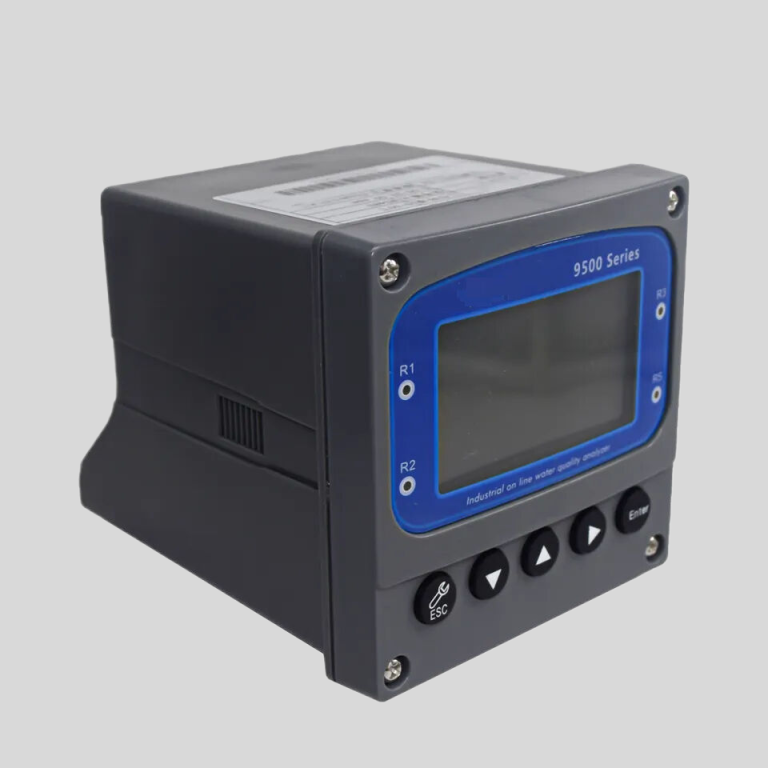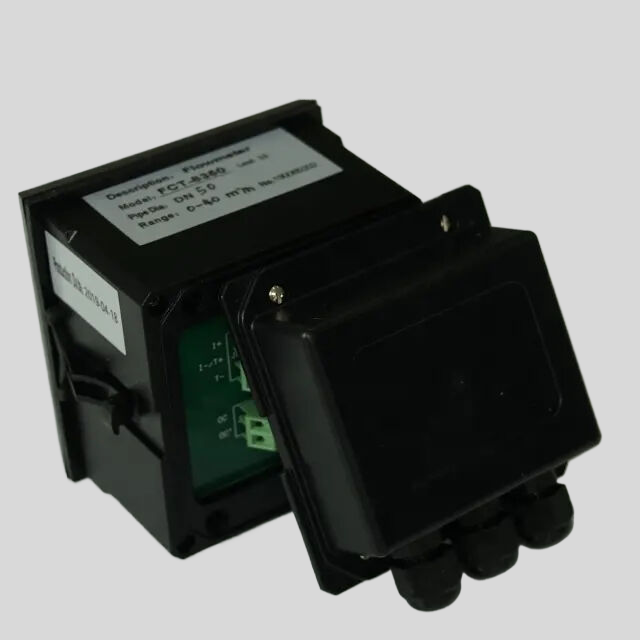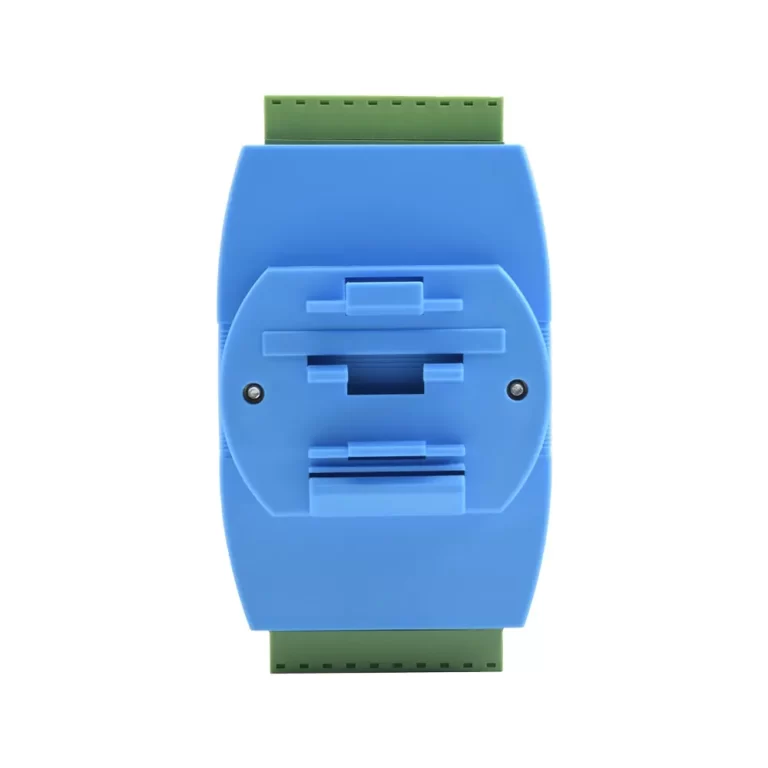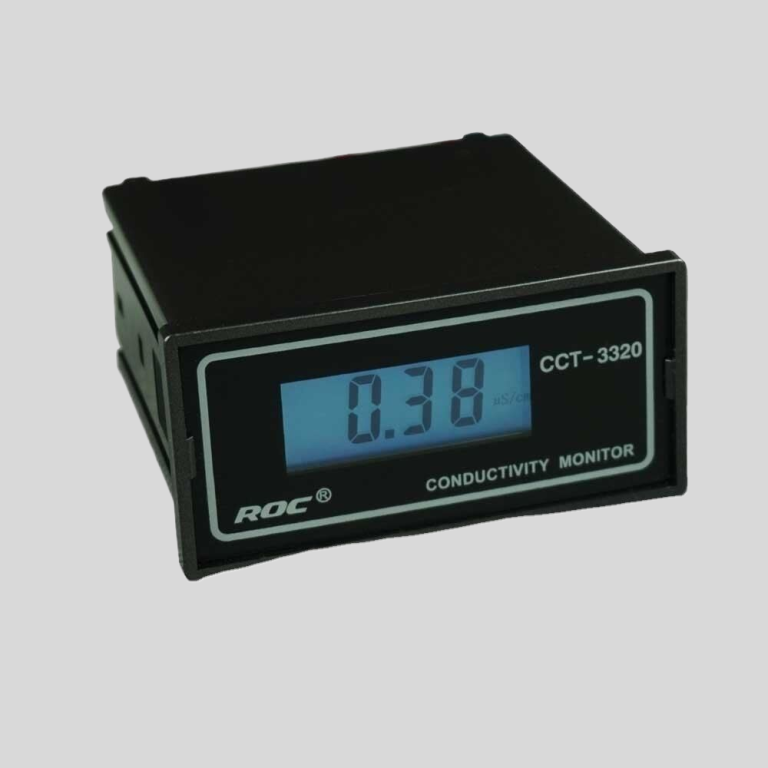Table of Contents
Factors Affecting the Cost of Water Quality Analyzers
Water quality analyzers are essential tools used to monitor and assess the quality of water in various settings, such as drinking water treatment plants, industrial facilities, and environmental monitoring stations. These analyzers help to ensure that water is safe for consumption and meets regulatory standards. However, the cost of water quality analyzers can vary significantly depending on a variety of factors.
One of the primary factors that affect the cost of water quality analyzers is the type of technology used in the device. There are several different types of water quality analyzers available on the market, each with its own set of features and capabilities. For example, some analyzers use optical sensors to measure parameters such as turbidity and dissolved oxygen, while others use electrochemical sensors to measure parameters such as pH and conductivity. Analyzers that use more advanced technology and have a wider range of capabilities tend to be more expensive than simpler models.
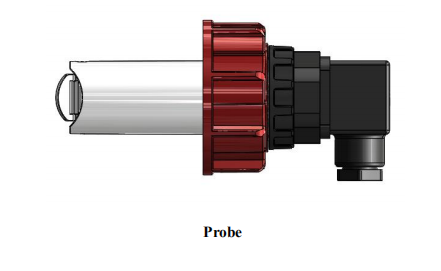
Another factor that can influence the cost of water quality analyzers is the number and type of parameters that the device is capable of measuring. Some analyzers are designed to measure only a few basic parameters, such as pH and temperature, while others are capable of measuring a wide range of parameters, including nutrients, metals, and organic compounds. Analyzers that can measure a larger number of parameters tend to be more expensive than those that are more limited in scope.
| model | pH/ORP-5500 series pH/ORP online transmitting controller | |
| Measurement range | pH | 0.00~14.00 |
| ORP | -2000mV~2000mV | |
| Temp. | ( 0.0~50.0)℃ (temperature compensation component:NTC10K) | |
| Resolution | pH | 0.01 |
| ORP | 1mV | |
| Temp. | 0.1℃ | |
| accuracy | pH | 0.1 |
| ORP | ±5mV(electronic unit) | |
| Temp. | ±0.5℃ | |
| Approximate input impedance | 3×1011Ω | |
| Buffer solution | pH value: 10.00;9.18;7.00;6.86;4.01;4.00 | |
| Temp. compensation range | (0~50)℃(with 25℃ as standard)Manual and automatic temperature compensation | |
| (4~20)mA | characteristics | Isolated,fully adjustable,reverible,instrument/transmitter for selection |
| Loop resistance | 500Ω(Max),DC 24V | |
| accuracy | ±0.1mA | |
| Control contact | Electrical contacts | Double relay SPST-NO,return model |
| Loop capacity | AC 220V/AC 110V 2A(Max);DC 24V 2A(Max) | |
| Power consumption | <3W | |
| Working environment | temperature | (0~50)℃ |
| humidity | ≤85%RH(none condensation) | |
| Storage environment | Temp.(-20-60) ℃;relative humidity:≤85%RH(none condensation | |
| Outline dimension | 96mm×96mm×105mm(H×W×D) | |
| Hole dimension | 91mm×91mm(H×W) | |
| installation | Panel mounted,fast installation | |
The size and portability of the water quality analyzer can also impact its cost. Portable analyzers that can be easily transported to different locations tend to be more expensive than larger, stationary analyzers. Additionally, analyzers that are designed for use in harsh or remote environments, such as wastewater treatment plants or field monitoring stations, may be more expensive due to the need for rugged construction and specialized features.
| Model | FL-9900 Paddle Wheel flow meter |
| Range | Flow Speed:0.5-5 m/s |
| Instantaneous Flow:0-2000m3/h | |
| Accuracy | Level 2 |
| Temp. Comp. | Automatic temperature compensation |
| Oper. Temp. | Normal 0~60℃; High temp 0~100℃ |
| Sensor | Paddle Wheel Sensor |
| Pipeline | DN20-DN300 |
| Communication | 4-20mA output/RS485 |
| Control | Instantaneous Flow High/Low alarm |
| Load Current 5A(Max) | |
| Power | 220V/110V/24V |
| Working Environment | Ambient temperature:0~50℃ |
| Relative humidity≤85% | |
| Dimensions | 96×96×72mm(H×W×L) |
| Hole Size | 92×92mm(H×W) |
| Installation Mode | Embedded |
The brand and reputation of the manufacturer can also play a role in determining the cost of a water quality analyzer. Well-known and established manufacturers that have a reputation for producing high-quality, reliable products may charge a premium for their analyzers compared to lesser-known brands. However, it is important to note that higher cost does not always equate to better quality, and it is essential to research and compare different brands and models before making a purchase.
In addition to the initial cost of the water quality analyzer, there are also ongoing costs to consider, such as maintenance, calibration, and replacement of consumable parts. Some analyzers may require regular maintenance and calibration to ensure accurate and reliable measurements, which can add to the overall cost of ownership. It is important to factor in these ongoing costs when budgeting for a water quality analyzer to ensure that it remains a cost-effective solution in the long run.
In conclusion, the cost of a water quality analyzer can vary depending on a variety of factors, including the type of technology used, the number and type of parameters measured, the size and portability of the device, the brand and reputation of the manufacturer, and ongoing maintenance and calibration costs. It is essential to carefully consider these factors and conduct thorough research before investing in a water quality analyzer to ensure that you select a device that meets your needs and budget.
Comparing Different Brands and Models of Water Quality Analyzers Based on Price
Water quality analyzers are essential tools for monitoring and maintaining the quality of water in various settings, such as industrial facilities, laboratories, and environmental monitoring stations. These devices help to ensure that water is safe for consumption and meets regulatory standards. When it comes to purchasing a water quality analyzer, one of the key factors to consider is the price. In this article, we will compare different brands and models of water quality analyzers based on their prices.
One of the most popular brands of water quality analyzers is Hach. Hach offers a wide range of analyzers that cater to different needs and budgets. The price of Hach analyzers can vary depending on the model and features included. For example, the Hach Pocket Colorimeter II is a portable and affordable option for basic water quality testing, while the Hach DR 900 is a more advanced model with additional features and a higher price tag. Overall, Hach analyzers are known for their reliability and accuracy, making them a popular choice among professionals in the water quality industry.
Another well-known brand in the water quality analyzer market is YSI. YSI analyzers are known for their durability and precision, making them a favorite among researchers and environmentalists. The price of YSI analyzers can range from mid-range to high-end, depending on the model and specifications. For example, the YSI ProDSS is a top-of-the-line model with advanced features such as GPS and data logging capabilities, making it a popular choice for fieldwork and research projects. Overall, YSI analyzers are known for their high performance and reliability, making them a worthwhile investment for professionals who require accurate water quality data.
In addition to Hach and YSI, there are other brands and models of water quality analyzers available on the market. Some of these brands offer budget-friendly options for those with limited funds, while others cater to professionals who require advanced features and capabilities. When comparing different brands and models of water quality analyzers based on price, it is important to consider the specific needs and requirements of your project or application.

When comparing water quality analyzers based on price, it is essential to consider not only the initial cost of the device but also the long-term costs associated with maintenance, calibration, and replacement parts. Some brands may offer lower upfront prices but have higher maintenance costs in the long run, while others may have a higher initial investment but lower ongoing expenses. It is important to weigh these factors carefully when making a decision on which water quality analyzer to purchase.
Overall, the price of a water quality analyzer should be viewed as an investment in the quality and safety of water. By comparing different brands and models based on price, you can find a device that meets your needs and budget while ensuring accurate and reliable water quality data. Whether you choose a budget-friendly option or a high-end model, investing in a quality water quality analyzer is essential for maintaining the health and safety of water sources.

